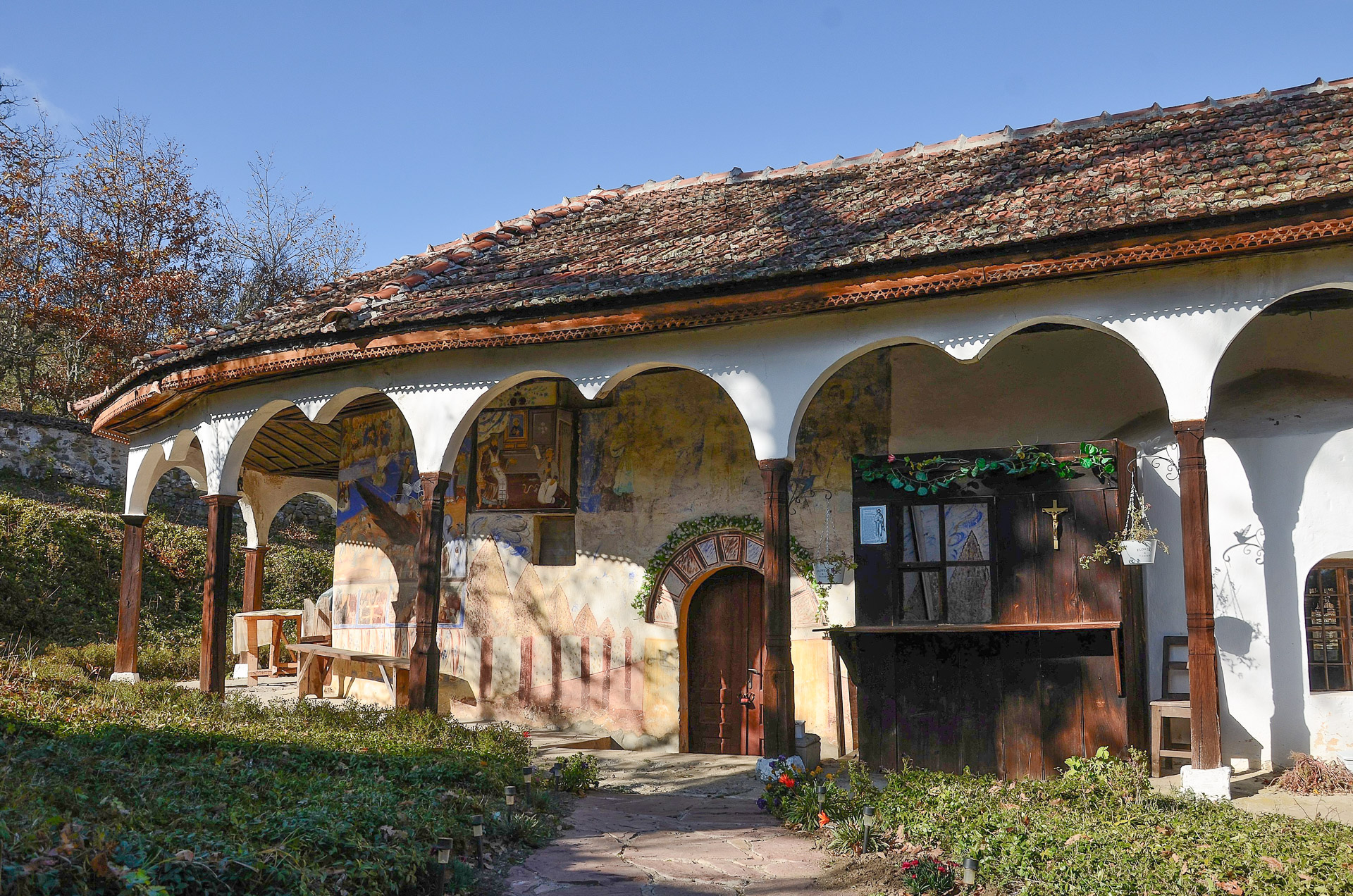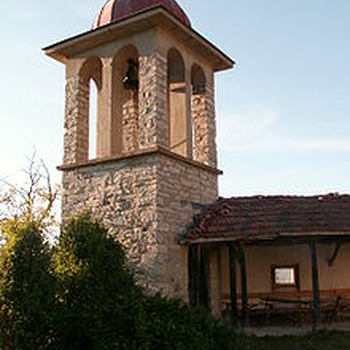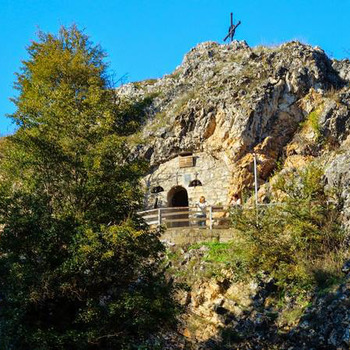St. Petka Church, village of Penkyovtsi
Overview
It is located about 100 m west of the road to the town of Trun, at the exit from the village of Penkyovtsi, on the left side.
The church "St. Petka” has been declared an archeological and artistic cultural monument of national importance. It is part of a monastery complex. There is no exact information about the time of the foundation of the monastery, but it is known that it was destroyed in the XIV-XV centuries, during the Ottoman invasion. Later, only the church was restored, but not the entire monastery.
Its history is connected with the St. Petka legends. The saint is respected throughout Bulgaria, and the cult of her dates back to the XIII-XIV century, at that time she was declared the patron saint of the capital Tarnovo. The local legend says that when Bayazid's troops entered Tarnovo, St. Petka secretly left the capital and took refuge in the village. However, the Turks captured and killed her.
The locals built a new church in her honor in the place of the destroyed monastery church and buried it, covering it with soil, in order to hide and protect it from the invaders.
Many years passed, trees and bushes grew over the temple, the church was forgotten. The old people died, and the young no longer knew about the existence of the temple. One day the goat of a local shepherd got lost and was found licking in the bushes a piece of iron appearing on the surface. The villagers dug up the soil, it turned out that the piece of iron was the cross on the dome of the old church and thus rediscovered it for the new generations.
During its long existence, the church has been rebuilt several times.
There are several centuries-old oaks in the monastery garden, two of them, extremely impressive, are more than 800 years old.
A fountain was built a few steps from the church "St. Petka". According to the legend, it was at this place that the saint was killed by the enemies of Christian piety, and subsequently, the holy water flowed.
The old (eastern) part of the church, built probably in the late Middle Ages (XVI-XVII century), is a small, single-nave, single-apse building, built of quarry stone with a mortar joint. Its walls were completely painted inside. Today, insignificant fragments of these frescoes remain - decorative motifs on the east wall and an image in the proscomidian niche. Maybe there are still preserved parts of them, under the thick layer of plaster.
During the Renaissance/Revival (1859) the church "St. Petka" was expanded to the west. New premises with a polygonal plan have been added. Тhe church was painted with frescoes. The legend connects them with the Macedonian painter Zinofia, who performed this work in 1867. The iconostasis also dates back to the Revival. Unfortunately, today most of the frescoes are damaged.
Very close to the church there is a small building with several rooms, which served as a school, and in older times it was used to train young people to become priests.
Over the years, the church "St. Petka" has been a secret community center for brave locals, progressive activists, and leaders from this area.
But its role changed during the socialist atheist period (1944-1989) when the temple was abandoned and gradually began to crumble. It remains almost in the same situation under the so-called "Democratic change".
The ancient monastery was revived for a new life only in 2016 with the introduction of a spiritual person - Sophronius. Thus, after many years of interruption, worship was held again in the temple. Sophronius is also working on the improvement of the monastery.
In 2019 the renovation of the monastery was completed and the newly built monastery premises were consecrated - a monastic wing with three cells for monks and a granary with a dining room. Thanks to the clergy, who joined forces to restore the temple, "St. Petka ”now operates again as a monastery.
Recommended
- Yogurt Museum - Studen Izvor village
- Tsar's Church - in Rui Mountain
- Zabel monastery Saint Dimitar
- Museum of ceramics - Busintsi village
- Rock church St. Petka - town of Trun
- Tran Monastery St. Archangel Michael
- The gorge of the river Erma


 Bulgarian
Bulgarian Romanian
Romanian


